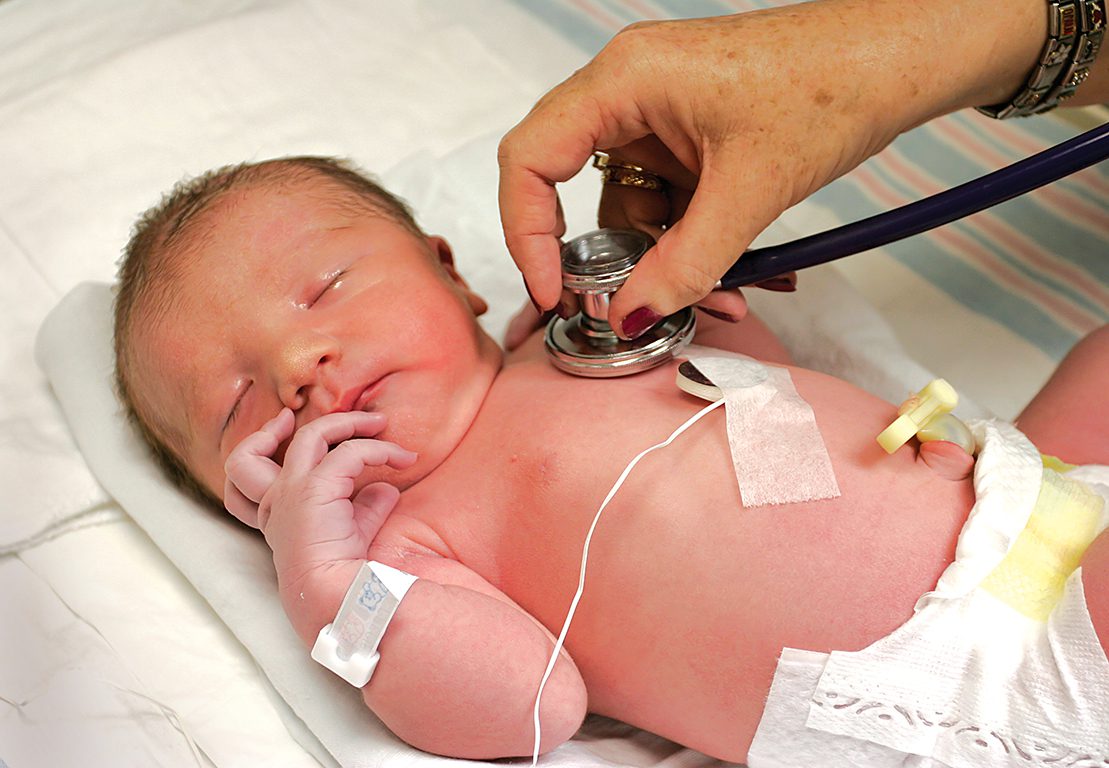By Michele Learner
When you think of babies, do you think of diapers, mobiles, and formula? You get credit for two out of three, but it’s not surprising if “formula” came to mind as well, because its frequent use is a blind spot in efforts to promote good nutrition in the United States. If we are to end hunger and promote health and well-being by 2030, as called for in the Sustainable Development Goals (SDGs) adopted by the United States last September, we must improve our national breastfeeding practices.
Why? The most dangerous time of all to be malnourished is early childhood. Any nutrition initiative must prioritize pregnant women and children younger than 2 for a very simple reason: the damage from not having the right nutrients so early in life is pervasive and irreversible. But these “1,000 Days” between pregnancy and age 2 also offer an opportunity to give children health benefits that will last a lifetime. That’s why it’s particularly disappointing that one of the major weaknesses in nutrition among Americans shows up right in the middle of the 1,000 Days window.
The research is clear: babies grow and develop best when they are exclusively breastfed for the first six months and then continue to breastfeed until at least age 1. As the Institute noted in a recent post, the benefits of breastfeeding are astounding. And all breastfed babies have access to these benefits – here at home no less than in the poorest communities around the globe. Just one of numerous U.S. examples: exclusive breastfeeding (no water or other foods) for four months reduces by 72 percent a baby’s risk of being hospitalized for a lower respiratory infection before her first birthday.
Breastfeeding can even be a matter of life or death. According to the American Academy of Pediatrics (AAP), a portion of the U.S. infant mortality rate – which is far higher than in most other developed countries – can be attributed to the increased risk of SIDS (Sudden Infant Death Syndrome) in infants who were never breastfed. This risk is independent of a far more widely recognized risk — babies sleeping on their stomachs.
The medical case for breastfeeding has been cemented. Accordingly, the AAP policy is unambiguous: “Given the documented short- and long-term medical and neurodevelopmental advantages of breastfeeding, infant nutrition should be considered a public health issue and not only a lifestyle choice” (emphasis added).
How are we doing? The results are not encouraging. In one AAP study, U.S. women “fell far short of [AAP] recommendations — for exclusive and mixed breastfeeding duration. One week after giving birth, 50 percent of the mothers reported feeding their babies breast milk only, and this proportion dropped rapidly over the coming months…” There have been modest improvements, with the rate of “any breastfeeding” at 6 months rising to 43 percent. But only 13 percent of the U.S. population is meeting the recommendation to breastfeed exclusively for 6 months.
This piece focuses mainly on why breastfeeding is critical, but I’ll close with a quick look at why the United States is falling short. The overarching reason is a lack of recognition of the importance of breastfeeding, thus a lack of structural and social support. Some hospital policies still mirror the larger society. In one AAP study, many women who intended to exclusively breastfeed ran into obstacles while still in the hospital: 49 percent were given free formula samples or offers, and 36 percent were not shown how to minimize soreness. Among their babies, 37 percent were given pacifiers by staff and 29 percent were given formula or water. After a woman leaves the hospital with her baby, work often becomes a barrier. Very few new mothers are able to take maternity leave for a full six months, and workplaces vary widely in their policies and attitudes toward allowing nursing mothers to take breaks to express milk.
A lot can be done to improve the situation – the causes suggest some of the solutions. We’ll discuss some of them in a future post.
Michele Learner is associate editor at Bread for the World Institute.



